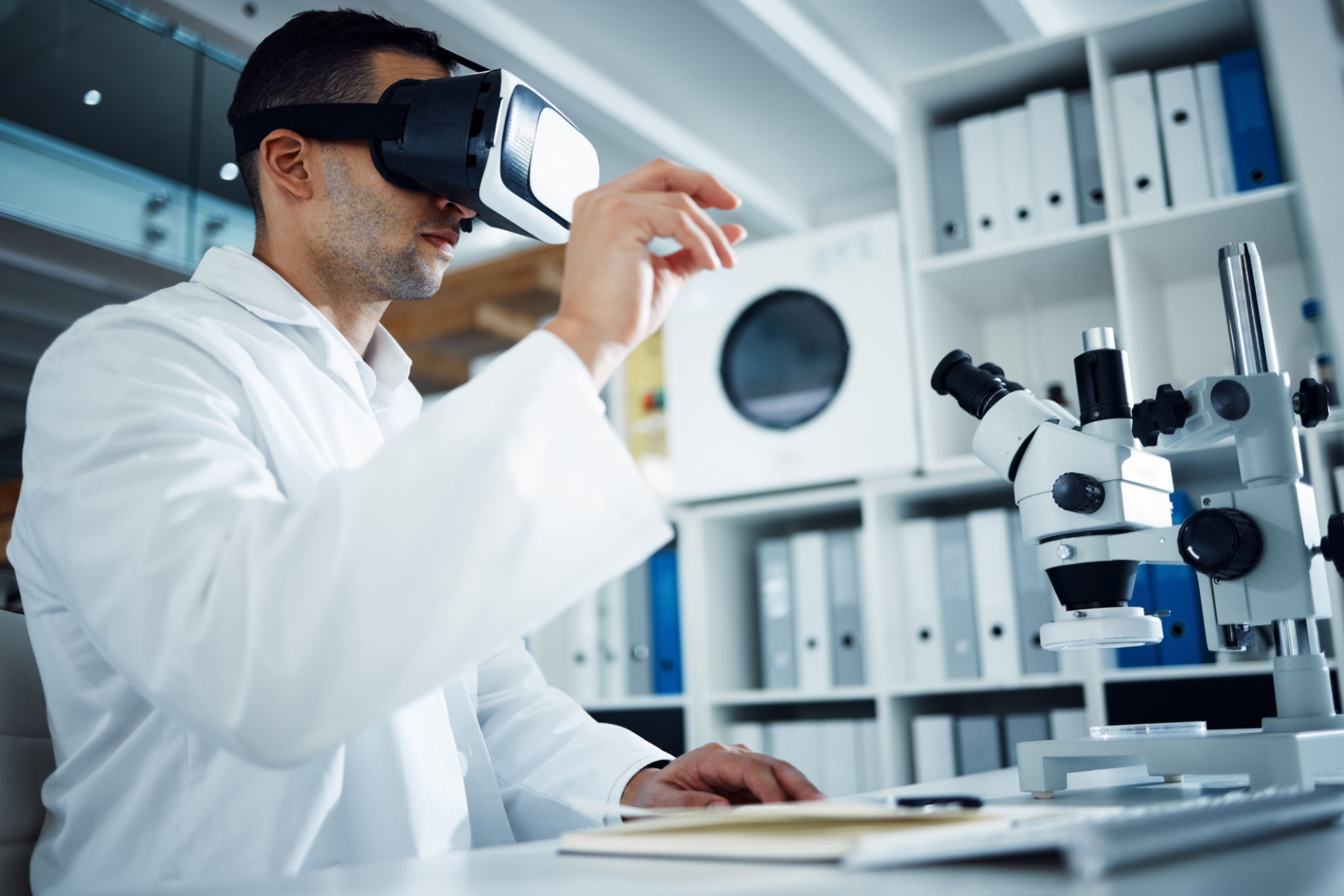The Importance of Feedback in Orthopaedic Product Development
The Role of Feedback in Orthopaedic Product Development
In the fast-evolving field of orthopaedic product development, feedback plays a pivotal role in shaping innovations that meet patient and clinician needs. Gathering insights from various stakeholders ensures that products not only meet the highest standards of functionality but also improve patient outcomes. Understanding the importance of feedback can significantly impact the success of new orthopaedic solutions.

Why Feedback is Critical
Feedback serves as the cornerstone for iterative design processes, allowing developers to refine and enhance product features. By engaging with end-users, such as surgeons, patients, and clinicians, developers gain valuable perspectives that might otherwise be overlooked. This collaborative approach ensures that products are not only innovative but also practical and user-friendly.
Additionally, feedback helps identify potential challenges or shortcomings early in the development cycle. This proactive approach minimizes costly redesigns and enhances the overall efficiency of the development process. Consequently, feedback not only saves time and resources but also accelerates the journey from concept to market.
Sources of Feedback
In orthopaedic product development, feedback can be sourced from a variety of channels. These include:
- Clinical trials: These provide real-world insights into how a product performs under actual conditions.
- Surveys and interviews: Direct engagement with users offers qualitative data that is invaluable for understanding user experiences.
- Focus groups: These allow for in-depth discussions and can uncover nuanced feedback from multiple perspectives.

The Iterative Design Process
The iterative design process is heavily reliant on continuous feedback loops. As developers receive input from stakeholders, they can make informed decisions about necessary adjustments. This cycle of feedback and refinement leads to a final product that is well-aligned with user needs and industry standards. Iteration is key to achieving optimal performance and patient satisfaction.
Moreover, feedback-driven iterations foster innovation by encouraging developers to think creatively about solutions to identified problems. This dynamic approach often results in groundbreaking advancements in orthopaedic technology.
Feedback Implementation Challenges
While the benefits of feedback are clear, implementing it effectively can pose challenges. One common issue is balancing diverse opinions, especially when feedback from different stakeholders conflicts. Prioritizing which feedback to act upon requires careful consideration and strategic decision-making.

Another challenge is maintaining open channels for consistent feedback throughout the development lifecycle. Establishing a structured process for gathering and analyzing feedback is crucial for ensuring that valuable insights are captured and utilized effectively.
The Future of Feedback in Orthopaedics
As technology advances, so do the methods for collecting and analyzing feedback. Digital tools and platforms are making it easier than ever to gather real-time insights from users globally. This enhanced capability promises even more responsive and effective product development cycles.
In conclusion, feedback is an indispensable component of successful orthopaedic product development. By fostering a culture of continuous improvement and collaboration, developers can create products that truly improve patient outcomes and advance the field of orthopaedics.
